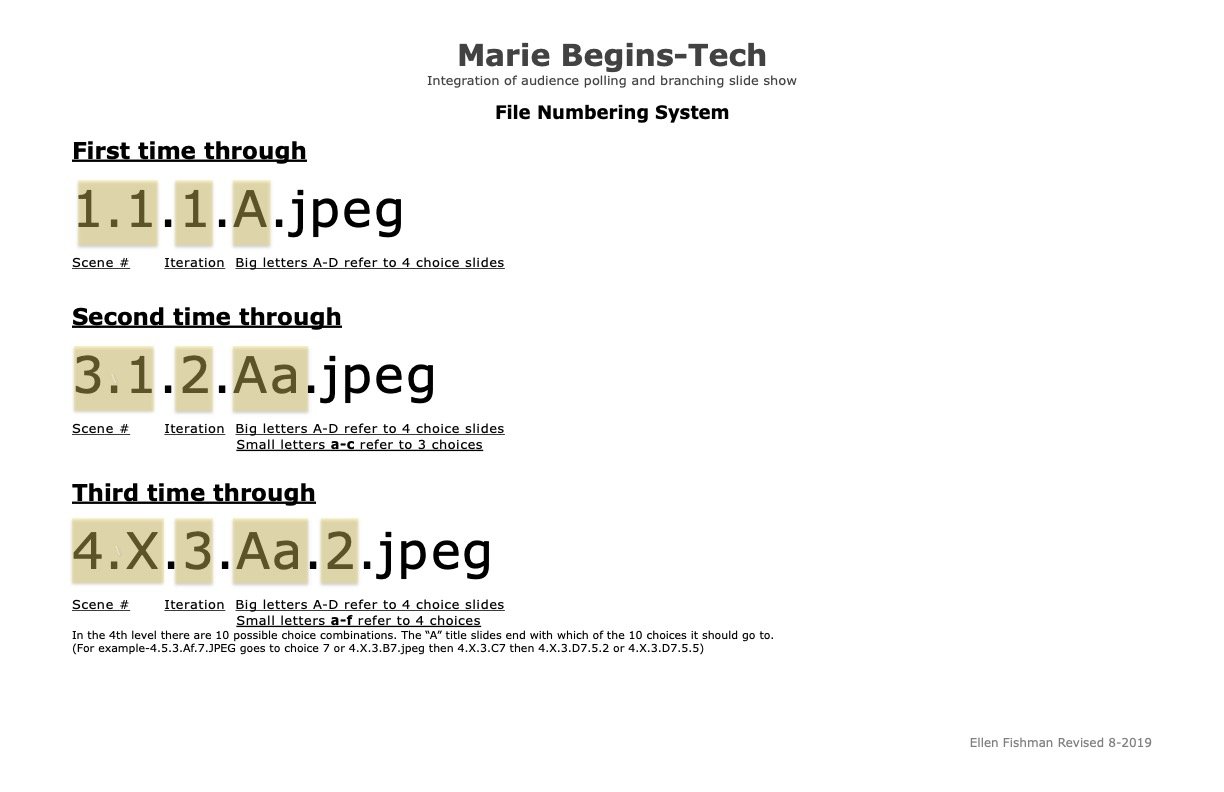The Price Paid for Interactivity in Live Performance
While at the Peabody Conservatory for my doctoral studies in music composition, I studied computer music and took a C ++ programming class. While I decided to end my programming studies after that class, I had no idea that immersing myself in loops and variables would help shape my professional career.
Before leaving Peabody, I wrote an interactive piece and had my first real experience collaborating with a programmer. I provided the programmer with a detailed chart of notes and durations and defined how the computer would respond to a real time trigger. I learned how exact I needed to be in order for the programmer to be successful and that no detail could be left to chance. Since the technology was quickly developing, the interactive pieces that followed took advantage of MIDI controllers and my own video and motion graphics.
In 2012, I presented a proposal to Dr. Youngmoo Kim, the Director of the ExCITe Center at Drexel University which involved creating an interactive light show that responded to student remixes of classical music played by a live orchestra. What were we thinking! Not only were we confronted with teaching students how to remix using Logic Pro but we also needed to teach them how to design and program a light show. It was a great success but once again, we needed to produce a tremendous amount of data for the programmers to use. This time it took the form of an Excel spreadsheet with multiple light changes for every beat in fifteen minutes of music (if the tempo is quarter equals 120, just imagine how many beats we needed to do!). The students began the process of entering all the data, but in order to be done before the performance, my colleague Vince Day and I had to finish the list. We were numb for days.
So now, over 20 years after learning C++, Julia Curcio and I have created an interactive opera and I have spent my summer designing the flow of information in an application (UX design by Simon Rogers) and preparing the data for a professional programmer. For this application we are building a system that navigates a choose-your-own-adventure branching storyline and provides the audience with live polling results. Needless to say, building slides for each one of the possible results was yet another mind numbing experience.
When I think back on the road I have taken to get to this point, I realize just how important my first programming class was and how my work with programmers has shaped my compositions. I see the possibilities for expanding music performance through computing as vast and live interaction can be quite magical, especially when involving the audience. While I have not found a way to take the chore of taming a mountain of data out of the process, I do know that the result is well worth it.
